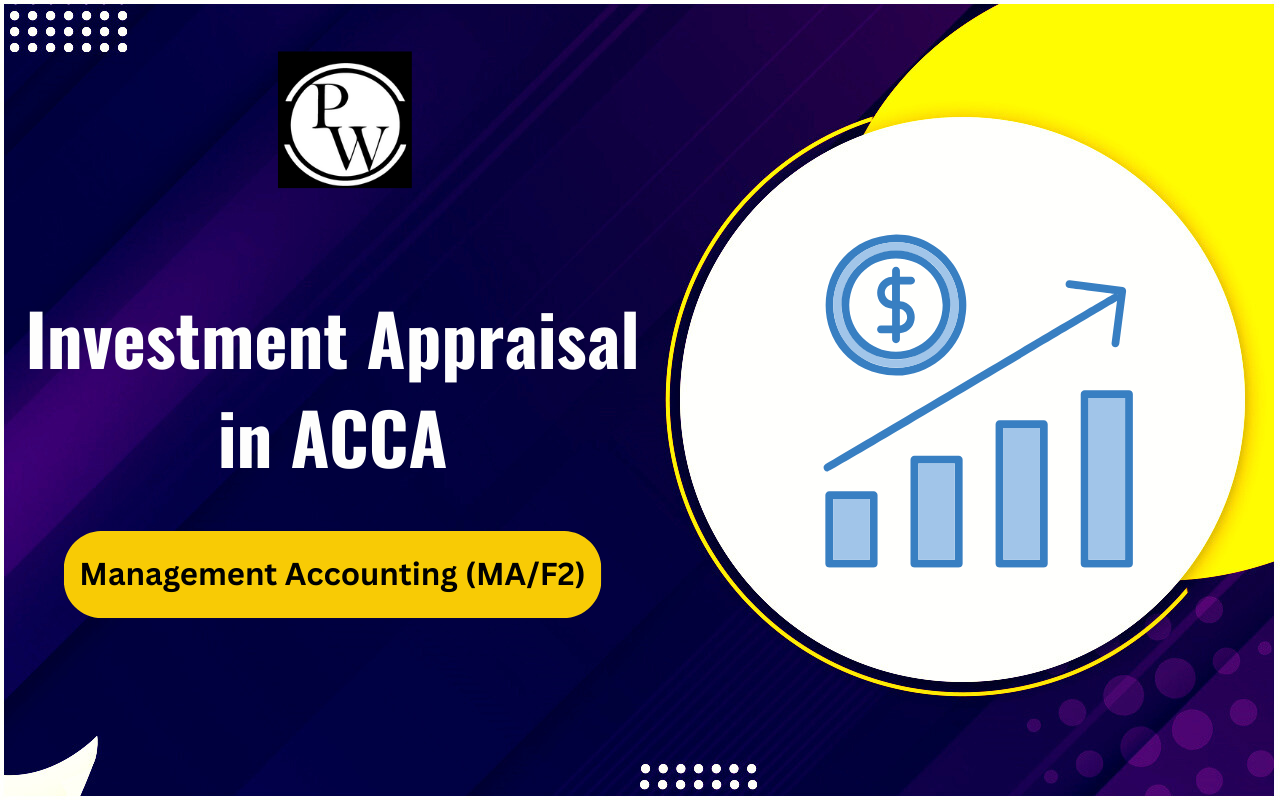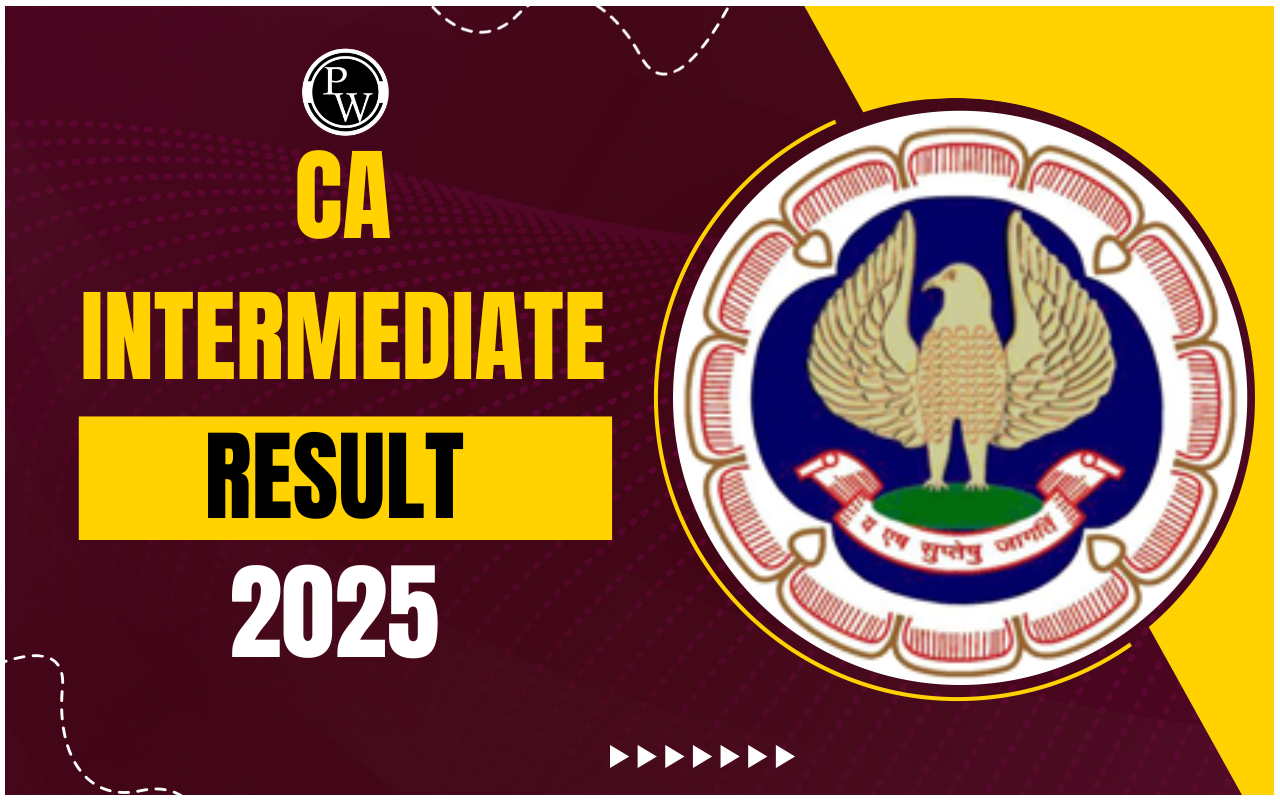
Provision accounting is like setting aside money for rainy days in your business. It's about planning for future expenses or losses that you can foresee. By doing this, you ensure your financial readiness and accuracy. This method matches expenses with the time they're expected to happen, which is a fundamental accounting rule.
In the unpredictable world of business, it's tough to predict all your future costs. You know some fixed expenses like salaries and bills, but others can catch you off guard. For example, a customer might delay payment unexpectedly. To handle such situations, businesses make provisions. Now, provision accounting isn't just about saving money. It's a strategic way to manage your finances. Keep reading to learn more about it for CA Exams .What Is Provision Accounting?
Provision Accounting is like setting aside money for unexpected future expenses or debts. It's a big deal in accounting because businesses need to match their expenses with their revenues each year. If they put costs from one year into another, it can be misleading. Provisions help fix this by making sure expenses are recorded in the right year. Both a company's balance sheet and income statement show these liabilities provisions. Businesses face future losses, like when assets lose value, products are faulty, there are legal issues, or customers can't pay. So, companies need enough money to handle these risks. But companies can't just decide to make a provision whenever they want. They have to follow rules set by authorities like Generally Accepted Accounting Principles (GAAP) and International Financial Reporting Standards (IFRS). IFRS follows International Accounting Standard (IAS) 37, while GAAP follows Accounting Standards Codification (ASC) 410, 420, and 450.Types of Provision Accounting
When a business grows, it needs to plan for various financial risks and future costs. This planning involves setting aside money for specific situations, known as Provision Accounting. Here are some common types of Provision Accounting and what they mean:Bad Debts
Bad debt provisions are set up to cover money that the business expects not to collect from customers. For example, if a customer doesn’t pay their bill, the business needs to account for this loss. Companies often estimate this amount based on past experiences or industry averages.Guarantees
Sometimes, a company might promise to pay another company’s debts if that company can’t pay. This is called a guarantee. Businesses do this when they have a financial interest in the other company’s success.Loan Losses
Banks and lenders often create provisions for loan losses. These provisions are for situations where borrowers don’t repay their loans. It includes defaults, bankruptcies, or renegotiated loans that bring in less money than expected.Tax Payments
Businesses need to set aside money for future tax payments. Tax provisions are funds reserved to pay the company’s anticipated income taxes.Pensions
Companies that offer pension plans to their employees must save money to cover future pension payments. This is done through pension provisions, ensuring the company can meet its long-term pension obligations.Warranties
If a business offers warranties on its products, it needs to set aside money for potential repairs or replacements. This provision is based on the estimated number of products that might need servicing under warranty.Obsolete Inventory
Sometimes, products in inventory become outdated or unsellable. When this happens, businesses need to reduce the value of this inventory in their accounts to reflect the lost revenue. This is called an obsolete inventory provision.Severance Payments
When a company lays off employees or restructures, it needs to pay severance to the affected workers. Severance provisions are set up to cover these payments and other restructuring costs, like closing facilities or hiring new staff.Depreciation
Depreciation provisions account for the decrease in value of assets over time. For example, a piece of machinery loses value as it gets older and is used. Depreciation provisions help businesses record this loss in value for each accounting period.Asset Impairments
If an asset’s current market value falls below its recorded value on the balance sheet, it is considered impaired. A provision for asset impairment prevents overstating the asset’s value, ensuring more accurate financial reporting. By setting up these Provision Accounting, businesses can better manage their finances and prepare for future costs and risks. This helps in accurate financial planning and reporting, leading to a healthier financial status for the company.Also Read: Credit Management and Control
How to Recognize Provisions in Accounting?
In business, it's important to follow specific rules when recording provisions. According to International Financial Reporting Standards (IFRS), a provision must meet these conditions:- The business owes a current obligation from past actions.
- There's a high chance that money will be spent to cover these obligations, and the amount can be estimated accurately.
- The business has agreed to take on this responsibility, and others expect it to fulfill its obligations.
How to Record Provisions in Accounting?
To estimate and record provisions, we follow these steps:- Calculate the Amount: Determine how much money needs to be reserved. This estimate is usually based on financial statements, historical data, or industry standards.
- Record the Expense: Create an expense entry for the current period in the business's income statement.
- Adjust the Balance: This expense increases the opening balance of the relevant liability or contra-asset account, which shows up on the balance sheet.
- Track and Update: It's crucial to track these amounts over time and make adjustments as needed. For example, if a business anticipates bad debts, it can reduce the amount owed by the total accounts receivable if it stops pursuing payment from a specific customer.
| Also Check | |
| Audit Automation and Analytics | IT Audit and Controls |
| Fraud Examination | Audit Risk Assessment |
| Accounting for Small and Medium Enterprises (SMEs) | Elements of Cost in Cost Accounting |
Provision Accounting FAQs
What is provision accounting?
Provision accounting involves setting aside funds for anticipated future expenses or losses in a business, ensuring accurate financial reporting and planning.
Why do businesses need provisions?
Businesses need provisions to account for future expenses or losses they anticipate, such as bad debts, warranties, or tax payments, to ensure financial preparedness.
What are common types of provisions?
Common types of provisions include bad debts, guarantees, loan losses, tax payments, pensions, warranties, obsolete inventory, severance payments, depreciation, and asset impairments.
How are provisions recognized in accounting?
Provisions in accounting must meet specific conditions outlined by International Financial Reporting Standards (IFRS), including owing a current obligation, likelihood of spending to cover the obligation, and others expecting fulfillment of the obligation.
What steps are involved in recording provisions?
To record provisions, businesses calculate the amount needed based on financial statements or industry standards, create an expense entry in the income statement for the current period, adjust the balance of the relevant liability or contra-asset account, and track and update the amounts over time.
Talk to a counsellorHave doubts? Our support team will be happy to assist you!

Check out these Related Articles
Free Learning Resources
PW Books
Notes (Class 10-12)
PW Study Materials
Notes (Class 6-9)
Ncert Solutions
Govt Exams
Class 6th to 12th Online Courses
Govt Job Exams Courses
UPSC Coaching
Defence Exam Coaching
Gate Exam Coaching
Other Exams
Know about Physics Wallah
Physics Wallah is an Indian edtech platform that provides accessible & comprehensive learning experiences to students from Class 6th to postgraduate level. We also provide extensive NCERT solutions, sample paper, NEET, JEE Mains, BITSAT previous year papers & more such resources to students. Physics Wallah also caters to over 3.5 million registered students and over 78 lakh+ Youtube subscribers with 4.8 rating on its app.
We Stand Out because
We provide students with intensive courses with India’s qualified & experienced faculties & mentors. PW strives to make the learning experience comprehensive and accessible for students of all sections of society. We believe in empowering every single student who couldn't dream of a good career in engineering and medical field earlier.
Our Key Focus Areas
Physics Wallah's main focus is to make the learning experience as economical as possible for all students. With our affordable courses like Lakshya, Udaan and Arjuna and many others, we have been able to provide a platform for lakhs of aspirants. From providing Chemistry, Maths, Physics formula to giving e-books of eminent authors like RD Sharma, RS Aggarwal and Lakhmir Singh, PW focuses on every single student's need for preparation.
What Makes Us Different
Physics Wallah strives to develop a comprehensive pedagogical structure for students, where they get a state-of-the-art learning experience with study material and resources. Apart from catering students preparing for JEE Mains and NEET, PW also provides study material for each state board like Uttar Pradesh, Bihar, and others
Copyright © 2025 Physicswallah Limited All rights reserved.
Get App








